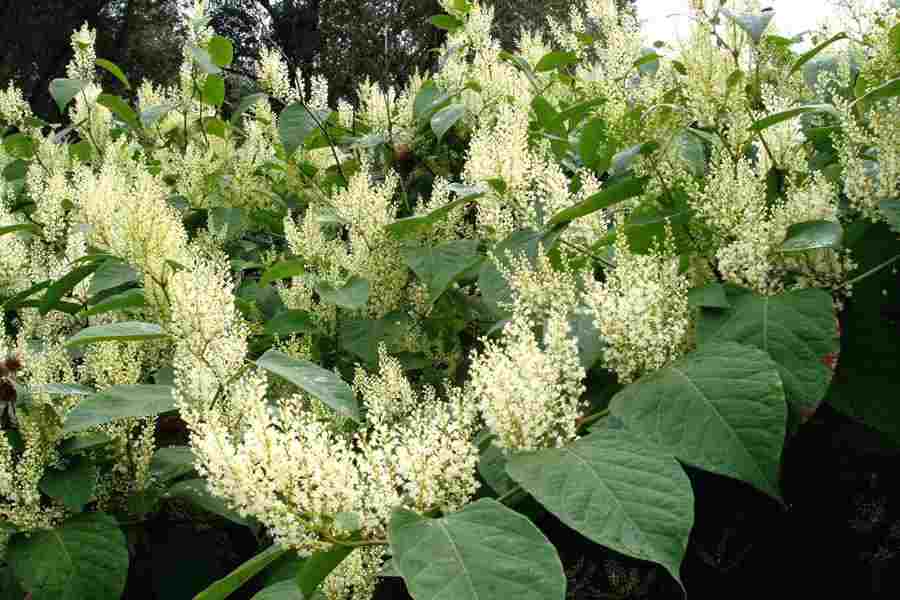
The alien shrub that can’t be stopped. Japanese knotweed is widely regarded to be among the most intractable of the 13,000 alien species that have made their way around the world since colonialism began in the 15th Century. In the UK, the weed is smothering suburban gardens, swallowing up whole swathes of railway line, swamping canals, and creeping into national parks with its searching tendrils.
“Removing the weed completely is extremely difficult, and essentially involves extracting the land itself – digging at least 5m (16.4ft) deep and disposing of the whole lot almost as if it were radioactive. If anything is left behind, it can return again and again – regenerating from the tiniest of fragments, and ambushing gardeners up to 20 years after it has seemingly vanished. One study found that Japanese knotweed could regrow from a root fragment that’s just 0.3g (0.01oz) – around the weight of a pinch of salt.”
Japanese knotweed (Fallopia japonica ) is not yet widely naturalised in Australia, currently being limited to a few isolated infestations in Victoria, eastern New South Wales and Tasmania. It is a potentially serious weed of waterways, wetlands, riparian areas, forest margins, roadsides, waste areas, disturbed sites and coastal environs in the temperate regions of Australia.
Read the full recent BBC article
Fact Sheet – Fallopia japonica (Houtt.) Ronse Decr.



